3. Different mouthpieces, different ways of generating sounds
In the woodwind section, we distinguish three types of sound generation and their respective mouthpieces.
- Those instruments in which the mouthpiece and the headpiece are a single unit.
- Instruments in which the mouthpiece is in a unit with the reed.
- Instruments in which two reeds vibrate against each other.
The first group includes the recorder (up to and including the tenor) and the flute family.
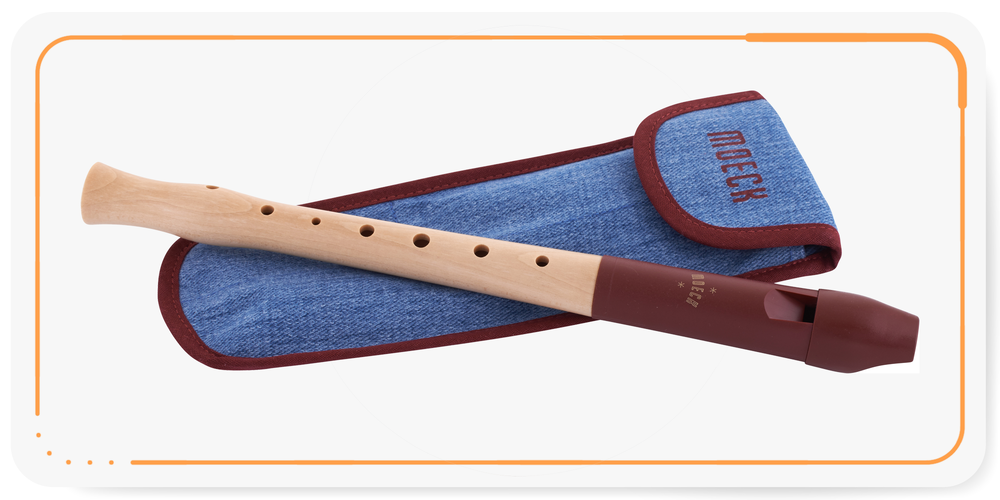
A recorder mouthpiece consists of several elements- The diagonal hollow in the head contains the so-called fipple block which leaves a narrow area unobstructed, the windway. The window below, defined by the lip and the lip edge, is crucial to sound generation. When blowing into the recorder, the air stream formed in the windway is made to vibrate on touching the lip edge, which leads part of the the stream out of and part of the stream into the body of the flute.
The flute features a lip plate on the headpiece's tubing. Sound is generated when air is blown across this lip plate, similar to blowing air across a bottle opening. What is unusual with the flute is its transverse position in playing.
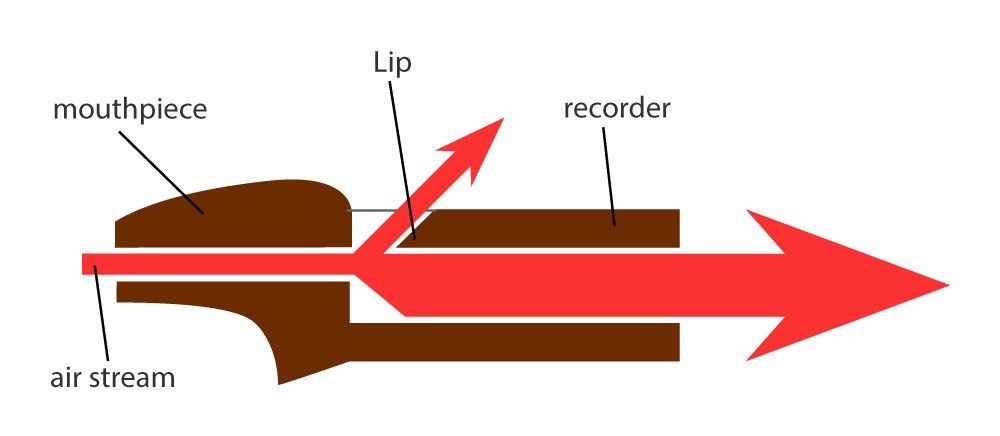
The second group includes the clarinet and saxophone families.
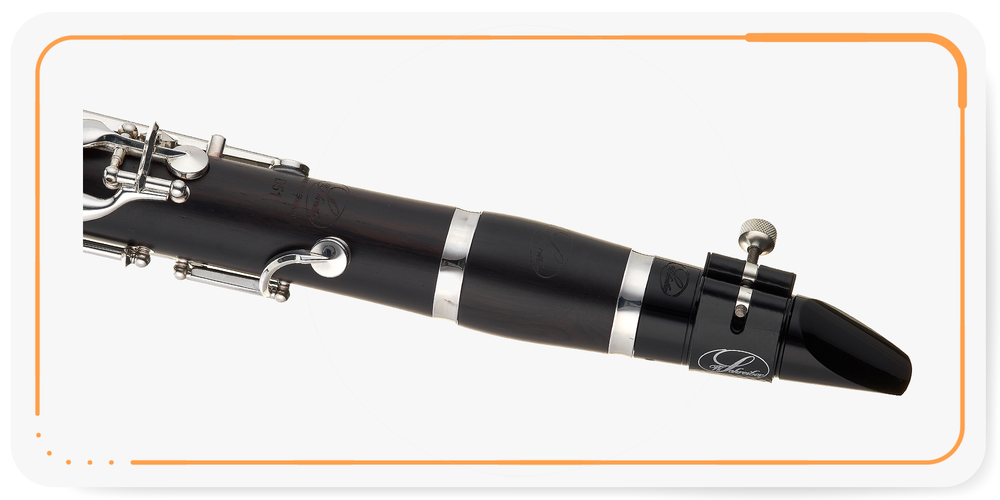
Looking at the outside, there are some similarities to the mouthpiece of a recorder. However, instead of the recorder's fipple block, this beak-shaped mouthpiece feature a single reed fastened to the mouthpiece. The sound is generated by the vibration of the reed against the opening.
Since the tongue plays a part in creating crisp sounds by "stopping" the reed, the instruments in this group may also be called tongue stop instruments.
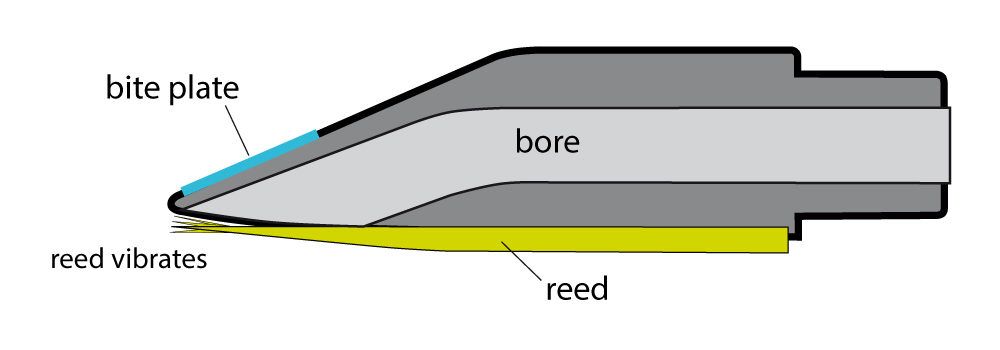
The third group, the instruments with double reeds, contains the oboe and bassoon families.
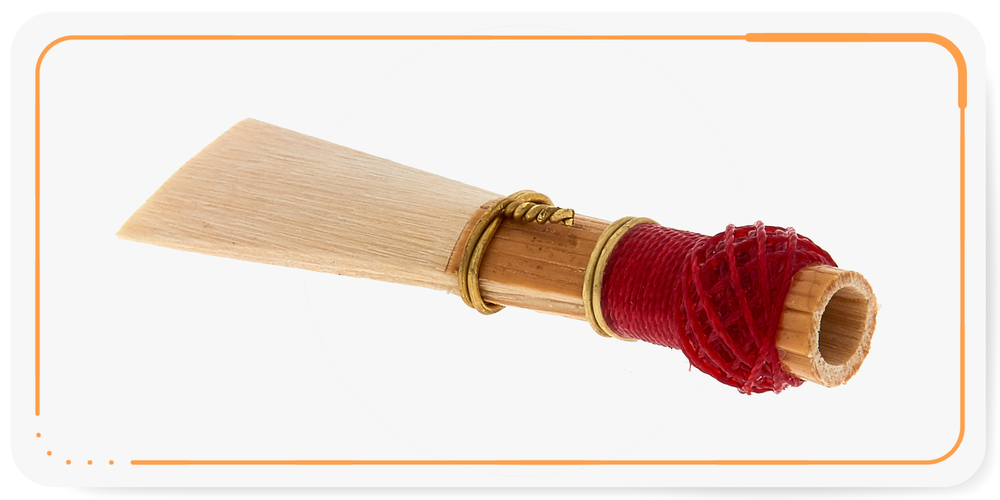
The mouthpiece consist of the staple (a metal small metal tube with its lower end wrapped in cork) and the reeds which are fixed to this staple by means of a metal coil.
When playing with this type of mouthpiece, the air stream is divided into periodic gusts and makes the air column in the instrument vibrate. the symmetrical reeds vibrate against the air stream.
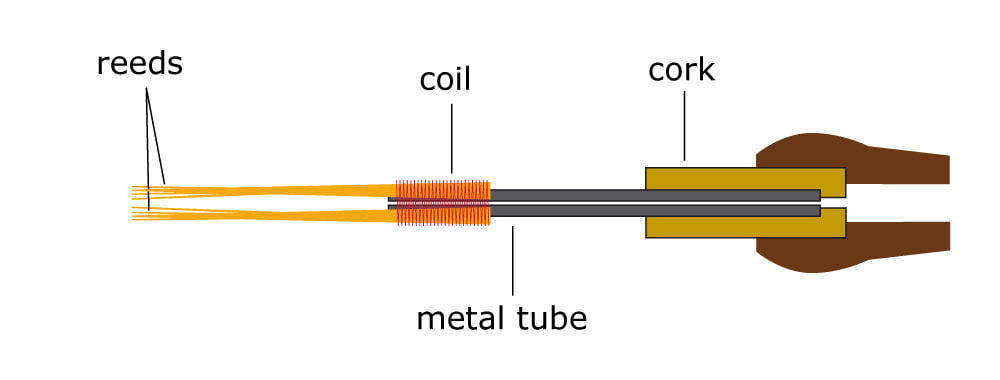
Your Contacts
Product Highlights
Offers
Do you like what you're seeing?






